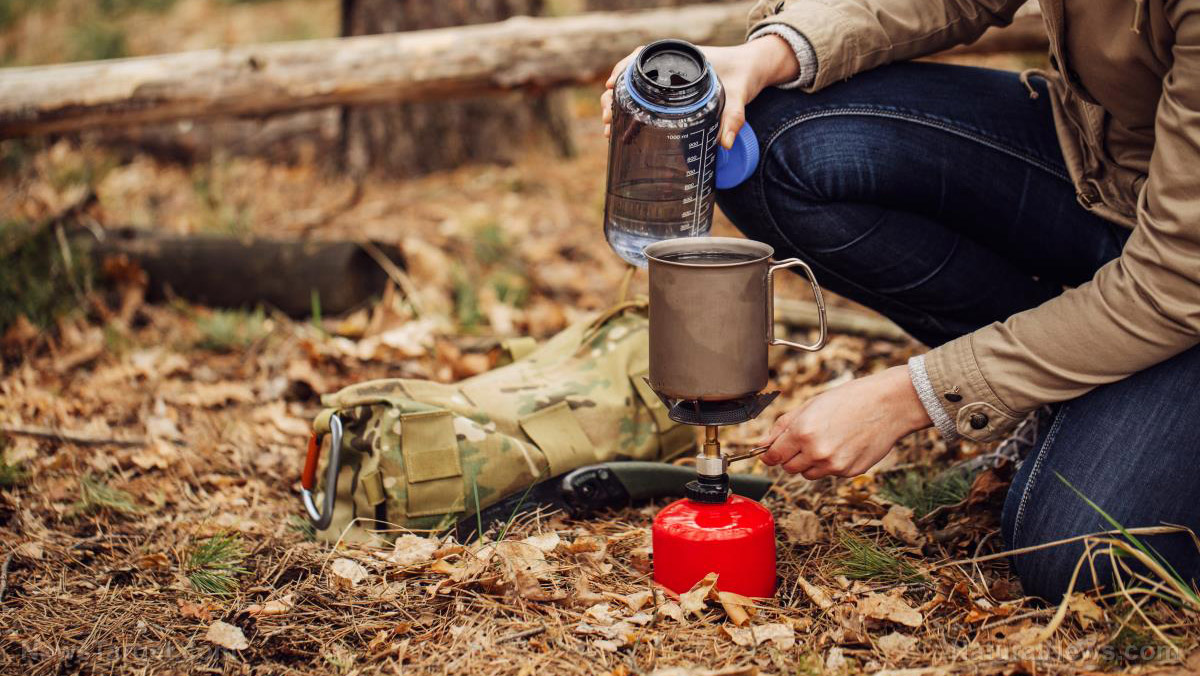Everything you need to consider if you decide to bug in when SHTF
01/08/2019 / By Mary Miller

In the event of a large-scale disaster, most preppers may opt to head for their bug out location where they can wait out the disaster until everything returns to normal. However, there may be times when the more practical solution may be to bug in instead. This may be due to personal preferences, safety concerns, or lack of options. Regardless, if you plan to bug in when SHTF, you need to take these factors into consideration. (h/t to TheSimplePrepper.com.)
Sometimes, bugging out can simply be out of the question. It is a privilege that not everyone is capable of having. It often requires having access to resources outside of your main home. For those without these resources or a feasible bug out location in mind, bugging in can often be the safer and more comfortable option, especially if you have a large family to take care of. However, this option requires a lot of careful planning ahead of time to ensure that you have all the supplies you need to survive when disaster strikes. (Related: Prepping myth exposed: Why bugging out might be a terrible idea.)
Security
It might not be feasible or practical to keep your entire home running on emergency mode as this can reduce your overall security. Choose a main room or a set of connected rooms that can serve as your hub or headquarters where you can focus most of your efforts on maintaining security, sanitation, lighting and heating. The room you choose should have minimal access from the outside and it should be large enough to comfortably accommodate your entire family and all your necessary supplies. Make sure that it is a room that you can seal off from the rest of the outside world in case of disasters involving airborne contaminants or radioactive debris.
Food and water
Ensuring access to clean, drinking water should be a priority as you might not last longer than three days without it. You can either stockpile gallons of it or have the proper equipment to filter and purify contaminated water. Ideally, you should have access to at least one gallon of water per person per day. This can be used for either drinking or sanitation. For emergency food supplies, you will need to stock up on non-perishable food items. Some excellent options include freeze dried foods and backpack meals, especially if you happen to have access to hot water. Ideally, you should have a year’s supply of food at hand. If you have any perishable food items in your refrigerator, freezer, or pantry, prioritize eating those first before they spoil. If you can cook, try to acquire a good backpacking stove, but make sure you have enough ventilation and precautions to avoid fire-related incidents.
Sanitation
Having a large group of people all clustered together in a small living space can often come with sanitation issues, especially if your septic system stops working. If this is not properly addressed, you can quickly create a breeding ground for harmful bacteria. Prepare for SHTF by having a plan to dispose of bodily wastes. Make use of black garbage bags, cat litter, and bleach for your waste disposal plan. You can also dig a latrine if you are able to go outside. Proper sanitation also includes the ability to keep your clothes, dishes, and other items clean.
Heating and lighting
If the power grid fails, you won’t have any electricity. This means you won’t have access to communication, refrigeration, lighting, and heating systems. Use portable lights to keep you and your family from stumbling around in the dark. Make sure that each member of your family either has a flashlight or a headlamp. You can also use a non-electric heater to keep your shelter warm. Reduce heat loss by wearing layers of warm clothing.
Learn more tips on how to stay prepared when bugging in or out by going to Preparedness.news.
Sources include:
Tagged Under: bug in, bugging in, emergencies, emergency preparedness, indoors, off grid, preparedness, preparedness and survival, prepper, prepping, prepping tips, self-sustainability, SHTF, survival, survival skills, Survival Tips, survivalist




















